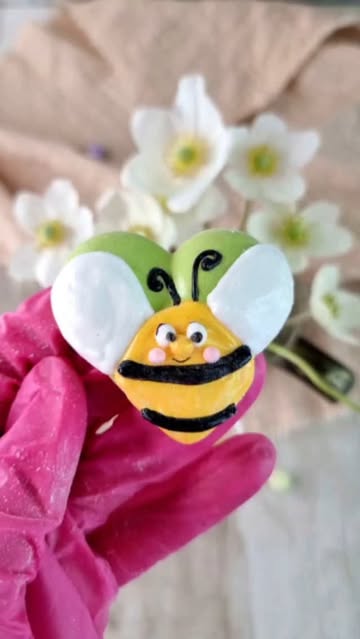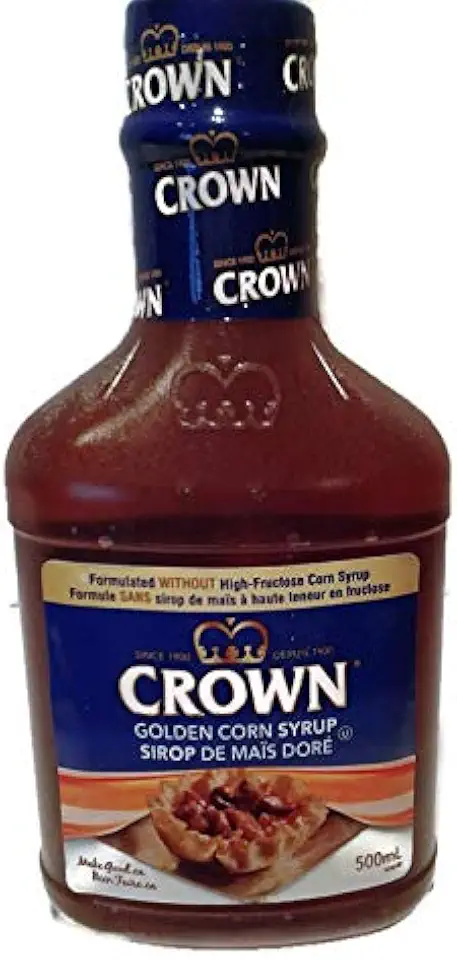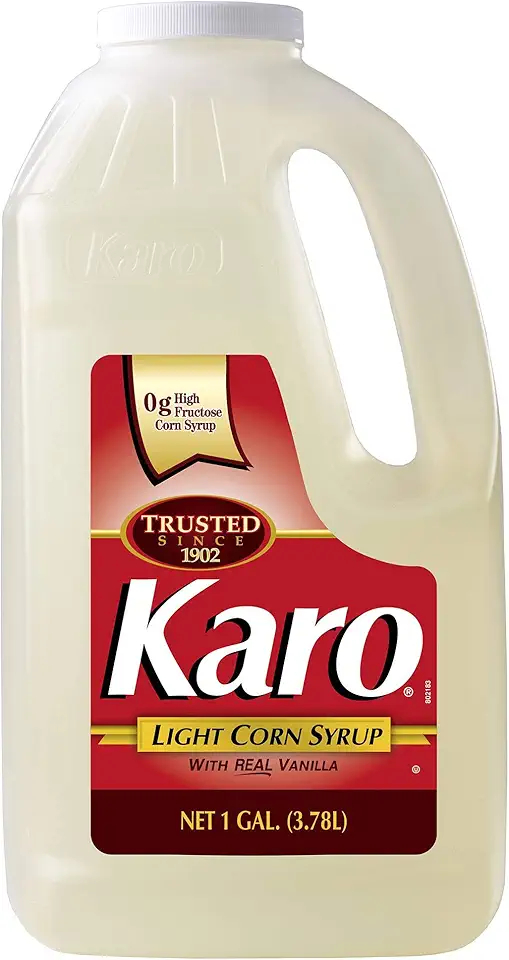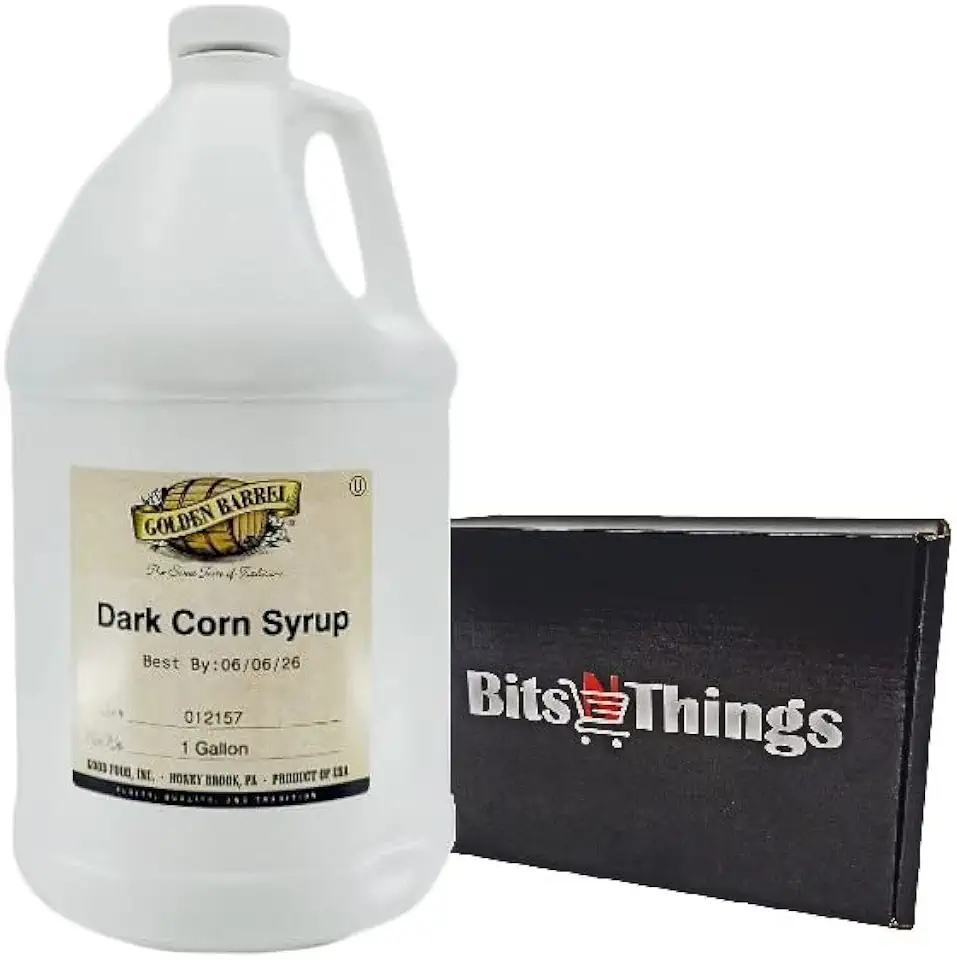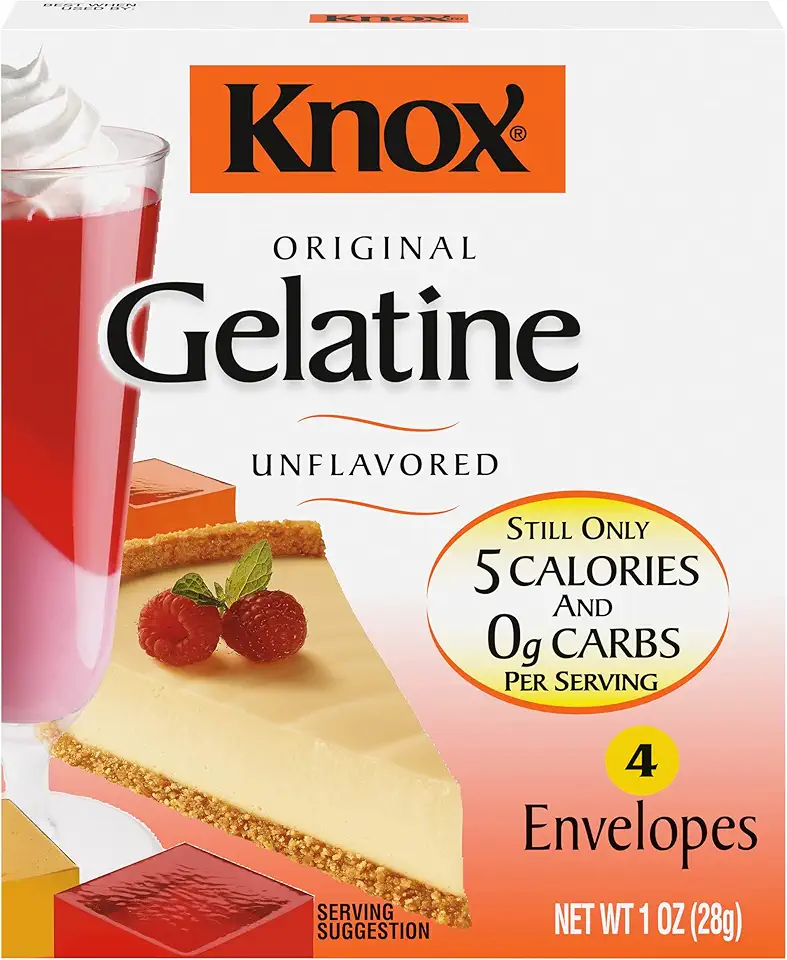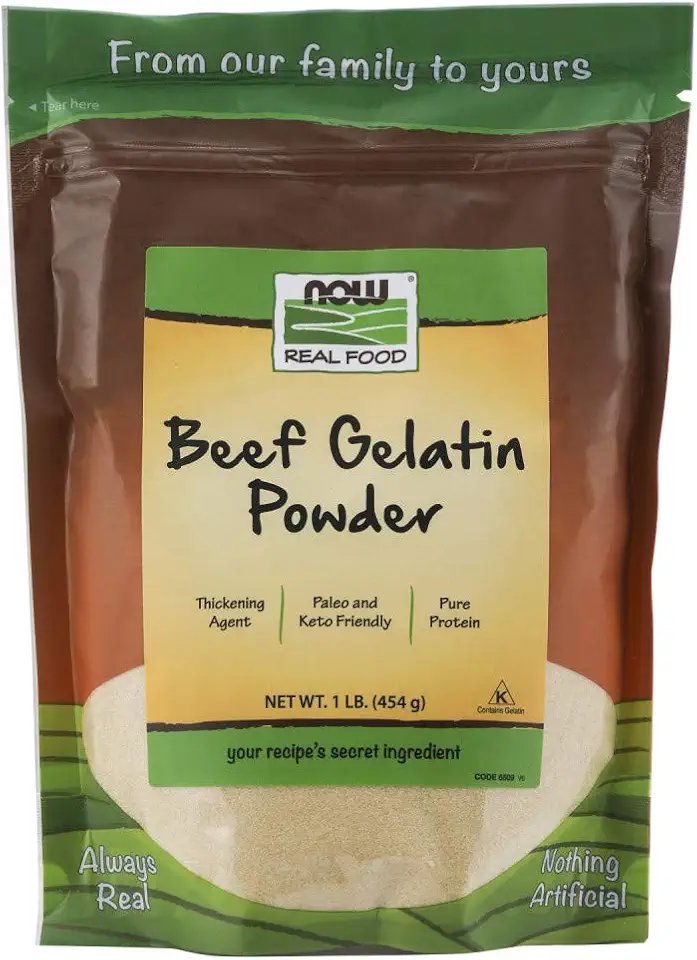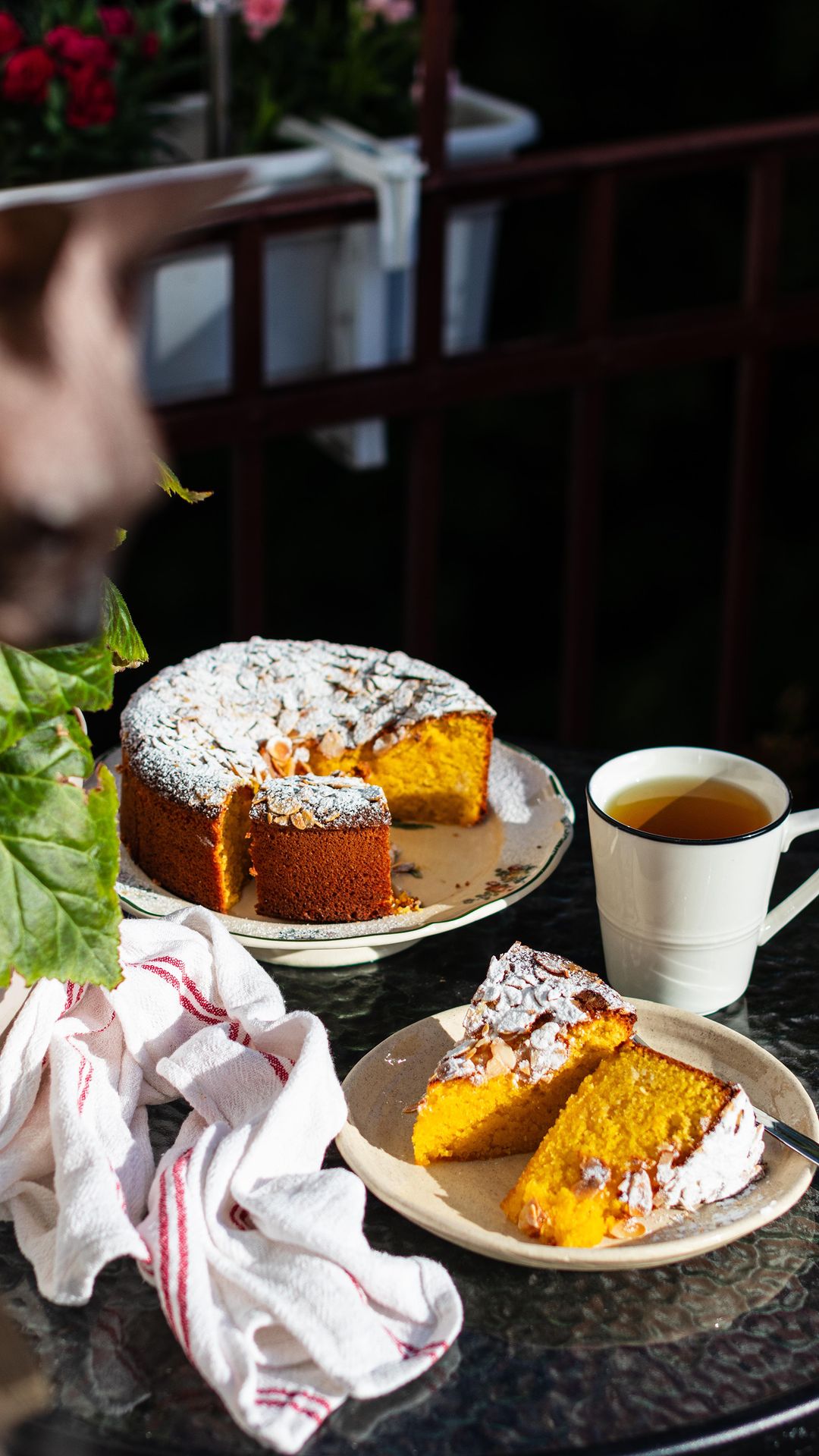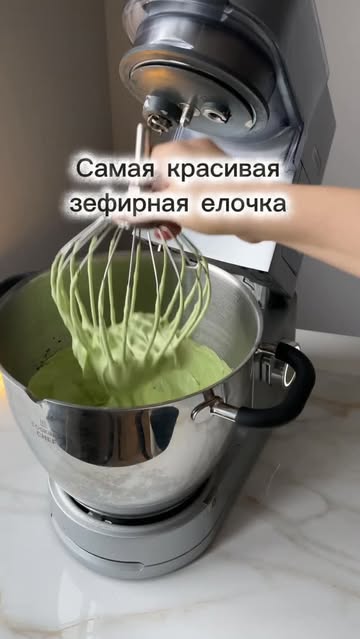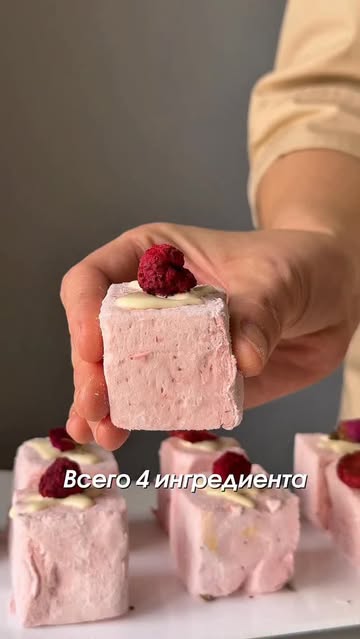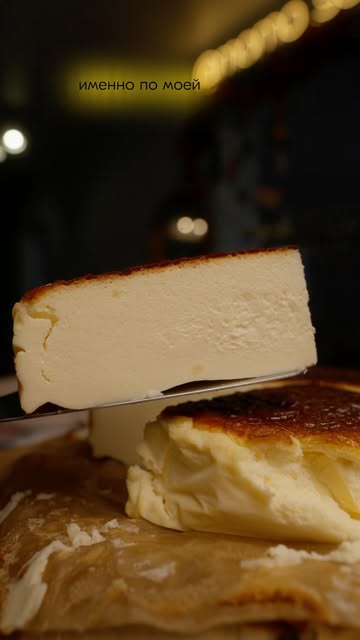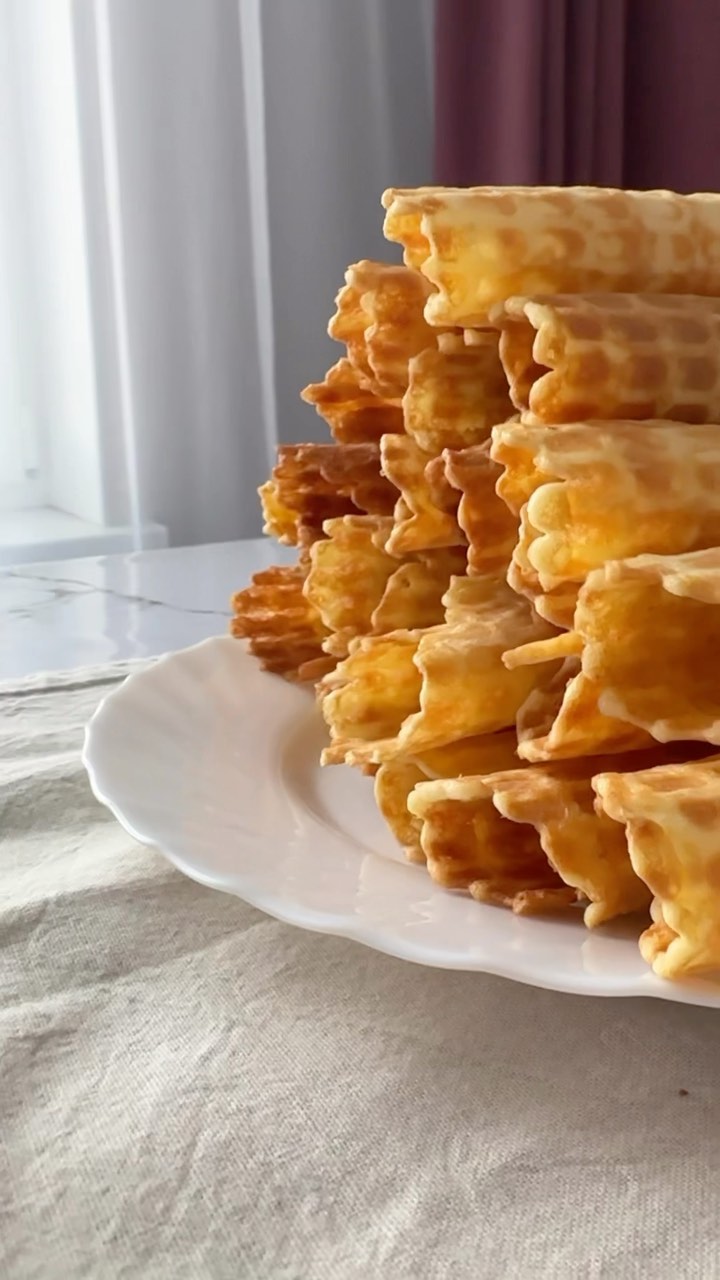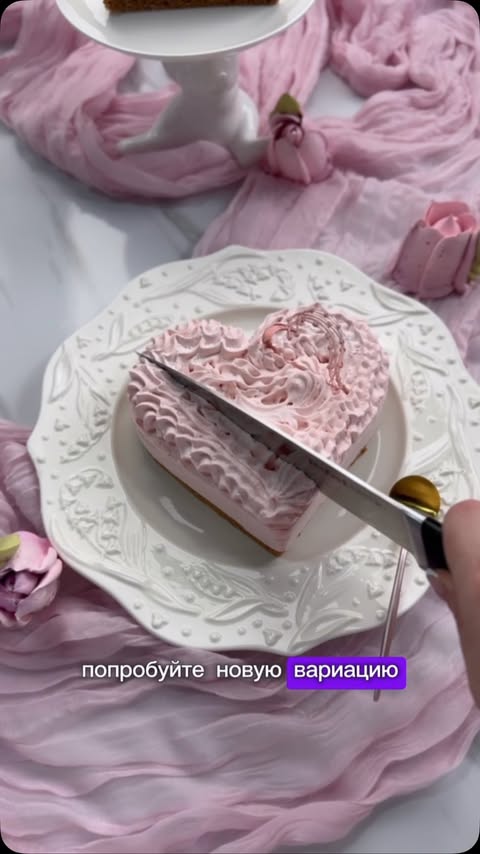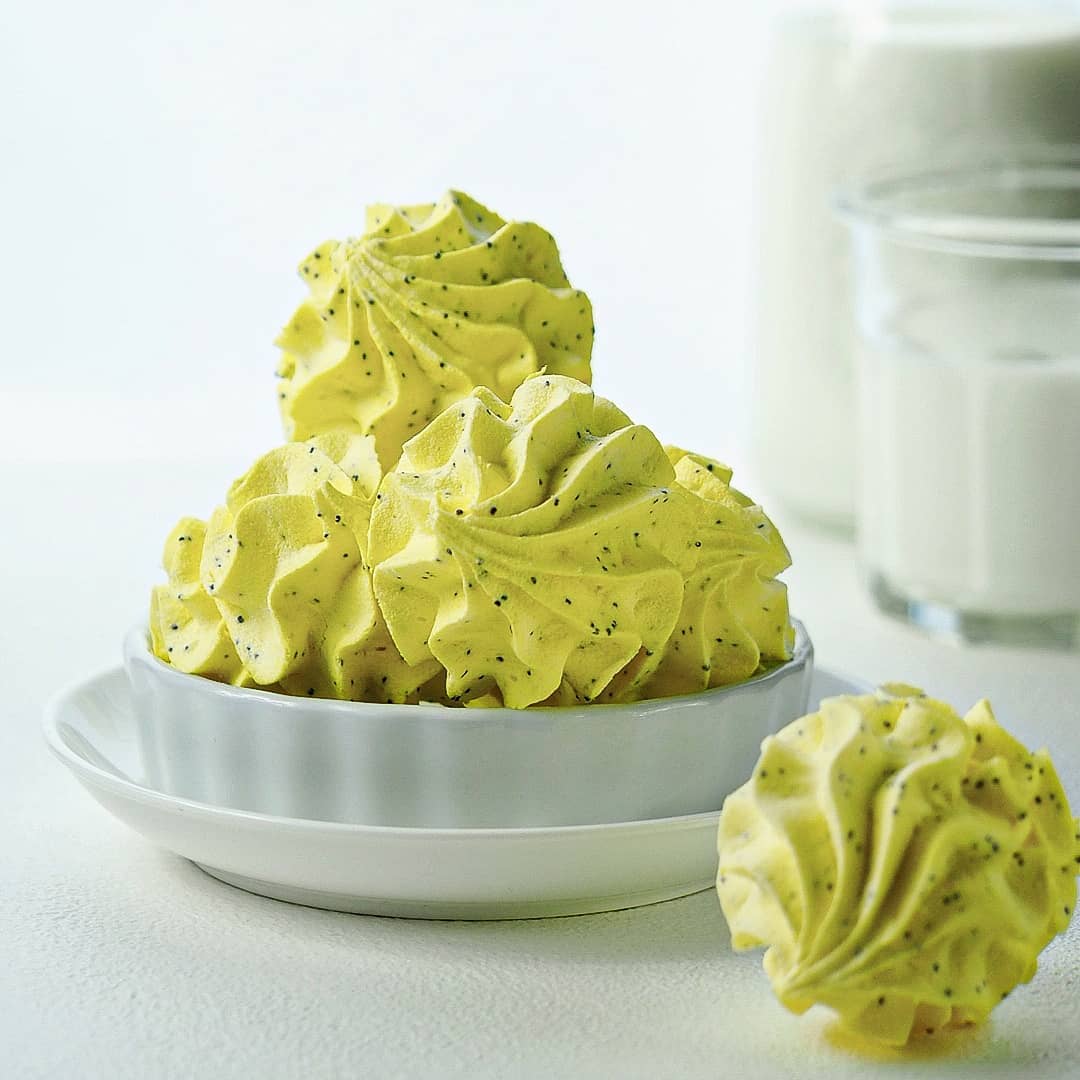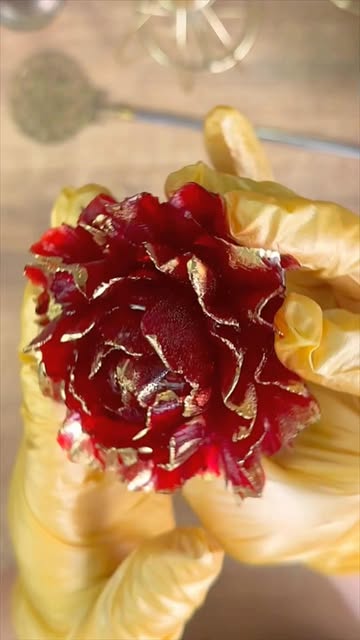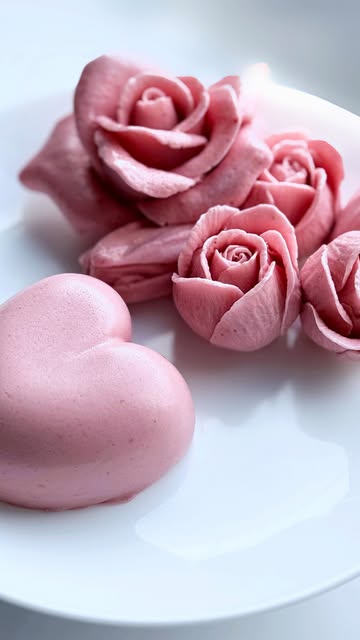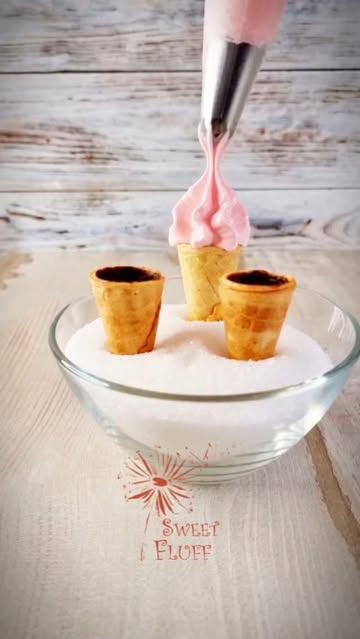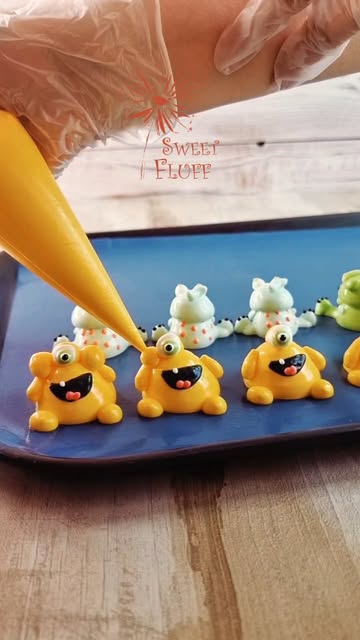Ingredients
Marshmallow Base Ingredients
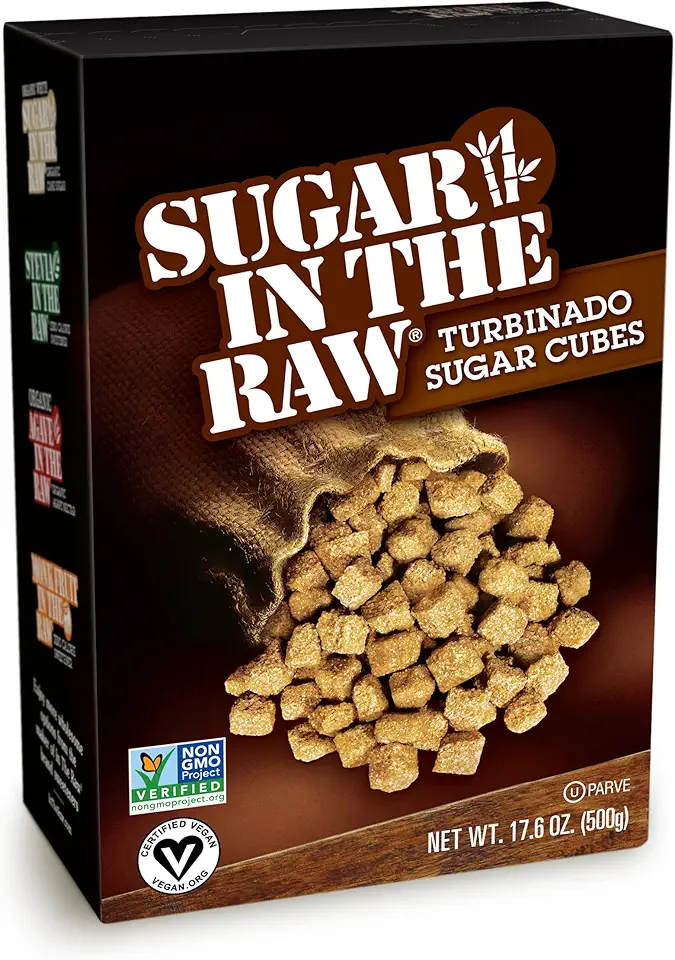 Sugar In The Raw Granulated Turbinado Cane Sugar Cubes, No Added Flavors or erythritol, Pure Natural Sweetener, Hot & Cold Drinks, Coffee, Vegan, Gluten-Free, Non-GMO,Pack of 1
$5.27
View details
Prime
Sugar In The Raw Granulated Turbinado Cane Sugar Cubes, No Added Flavors or erythritol, Pure Natural Sweetener, Hot & Cold Drinks, Coffee, Vegan, Gluten-Free, Non-GMO,Pack of 1
$5.27
View details
Prime
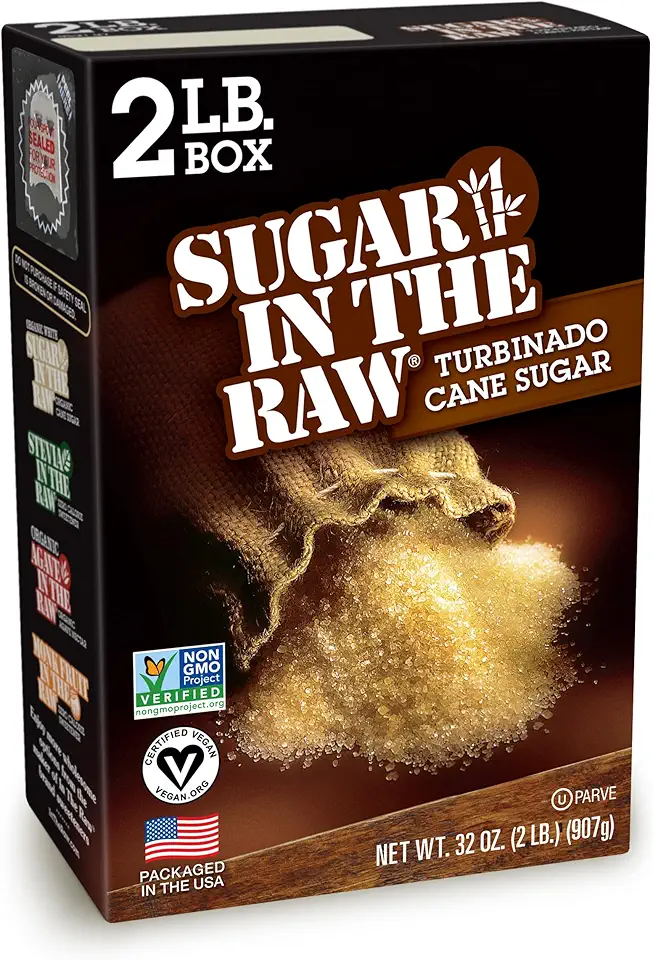 Sugar In The Raw Granulated Turbinado Cane Sugar, No Added Flavors or erythritol, Pure Natural Sweetener, Hot & Cold Drinks, Coffee, Baking, Vegan, Gluten-Free, Non-GMO, Bulk Sugar, 2lb Bag (1-Pack)
$3.74
$4.14
View details
Prime
Sugar In The Raw Granulated Turbinado Cane Sugar, No Added Flavors or erythritol, Pure Natural Sweetener, Hot & Cold Drinks, Coffee, Baking, Vegan, Gluten-Free, Non-GMO, Bulk Sugar, 2lb Bag (1-Pack)
$3.74
$4.14
View details
Prime
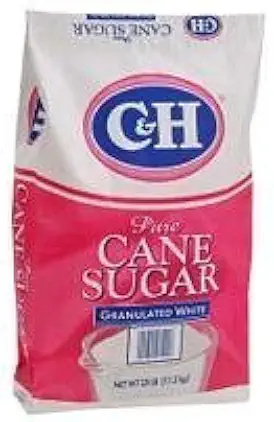 C&H Pure Cane Granulated White Sugar, 25-Pound Bags
$56.99
$49.98
View details
C&H Pure Cane Granulated White Sugar, 25-Pound Bags
$56.99
$49.98
View details
Flavoring and Coloring Ingredients
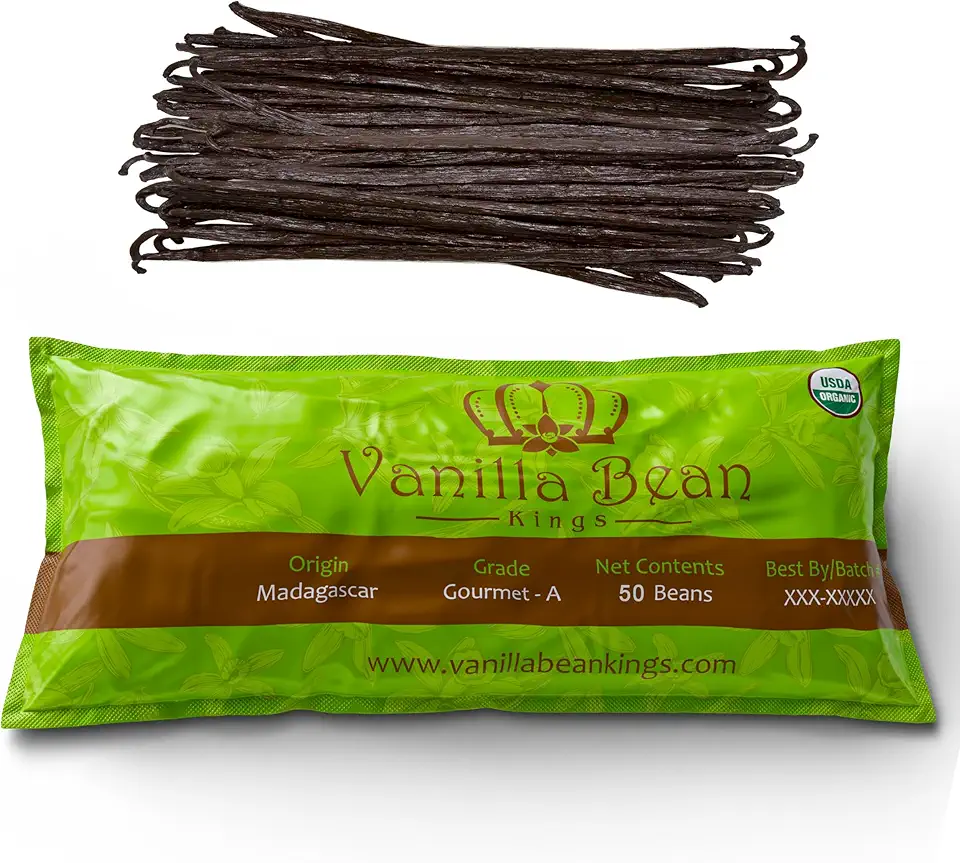 50 Organic Madagascar Vanilla Beans. Whole Grade A Vanilla Pods for Vanilla Extract and Baking
$39.99
View details
Prime
50 Organic Madagascar Vanilla Beans. Whole Grade A Vanilla Pods for Vanilla Extract and Baking
$39.99
View details
Prime
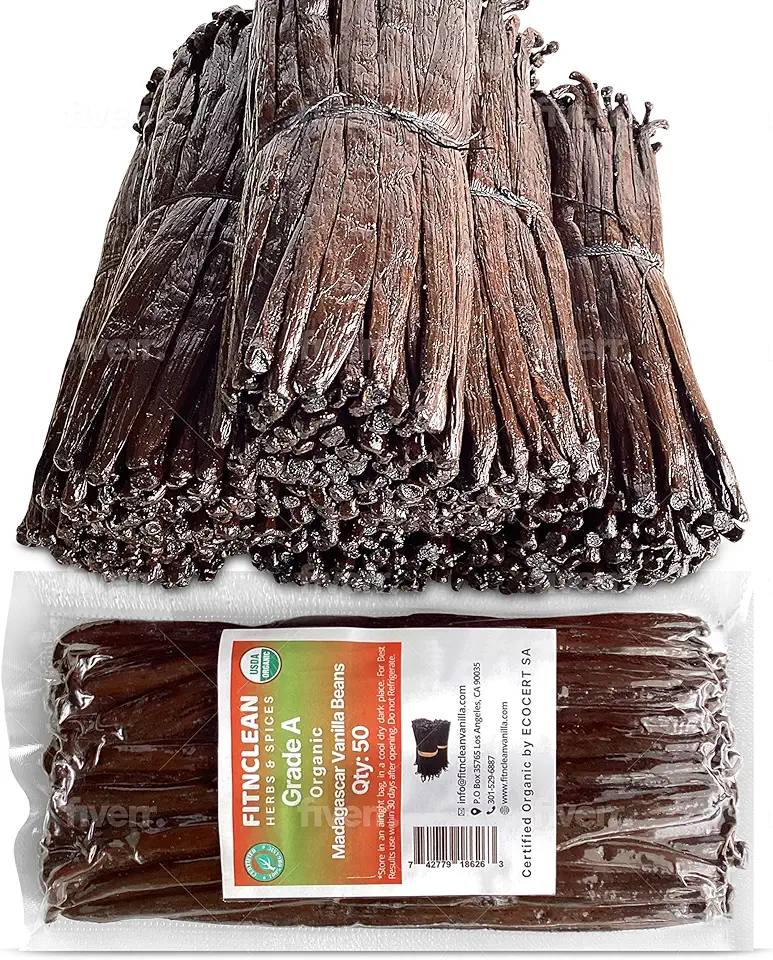 50 Organic Grade A Madagascar Vanilla Beans. Certified USDA Organic for Extract and all things Vanilla by FITNCLEAN VANILLA. ~5" Bulk Fresh Bourbon NON-GMO Pods.
$37.99
View details
Prime
50 Organic Grade A Madagascar Vanilla Beans. Certified USDA Organic for Extract and all things Vanilla by FITNCLEAN VANILLA. ~5" Bulk Fresh Bourbon NON-GMO Pods.
$37.99
View details
Prime
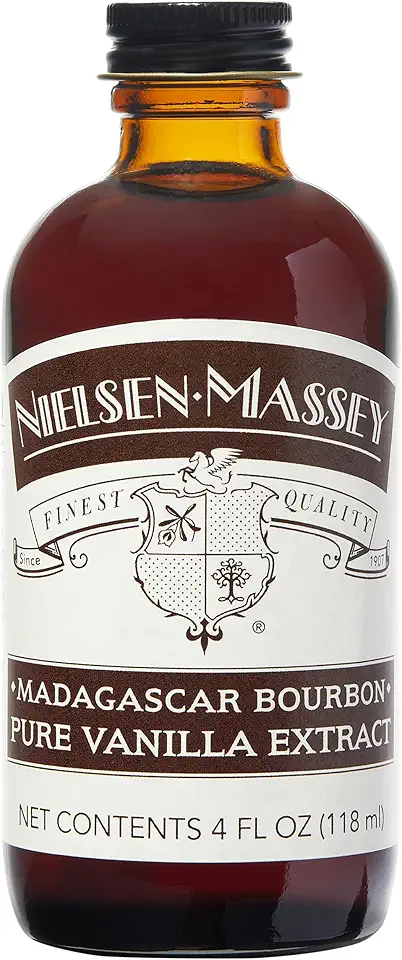 Nielsen-Massey Madagascar Bourbon Pure Vanilla Extract for Baking and Cooking, 4 Ounce Bottle
$19.95
View details
Nielsen-Massey Madagascar Bourbon Pure Vanilla Extract for Baking and Cooking, 4 Ounce Bottle
$19.95
View details
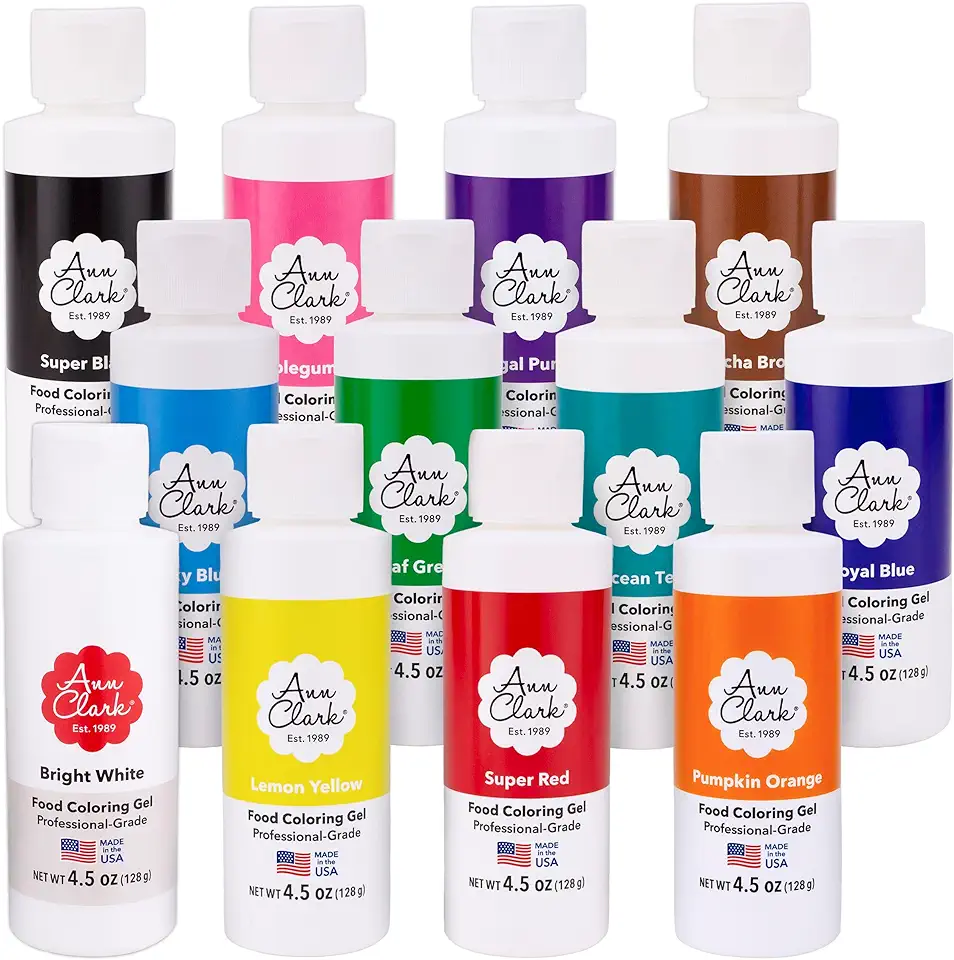 Ann Clark Professional Grade Food Coloring Gel Large 4.5 oz Bottles 12 Color Set Made in USA
$74.99
View details
Ann Clark Professional Grade Food Coloring Gel Large 4.5 oz Bottles 12 Color Set Made in USA
$74.99
View details
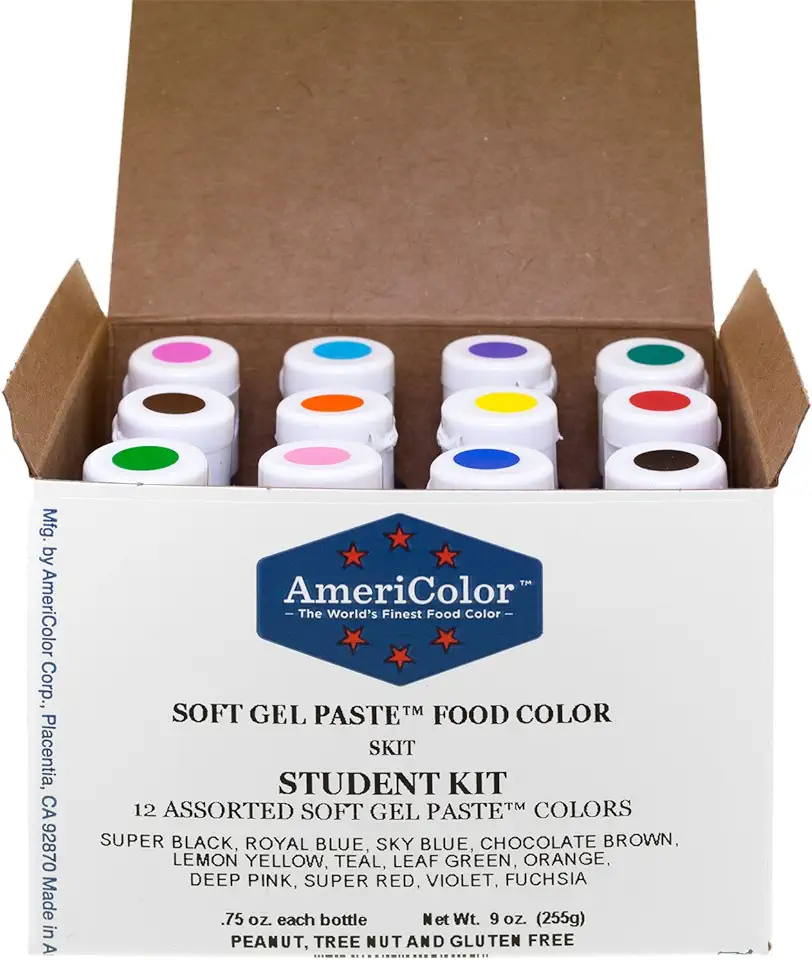 Food Coloring AmeriColor Student - Kit 12 .75 Ounce Bottles Soft Gel Paste Colors
$32.25
View details
Prime
Food Coloring AmeriColor Student - Kit 12 .75 Ounce Bottles Soft Gel Paste Colors
$32.25
View details
Prime
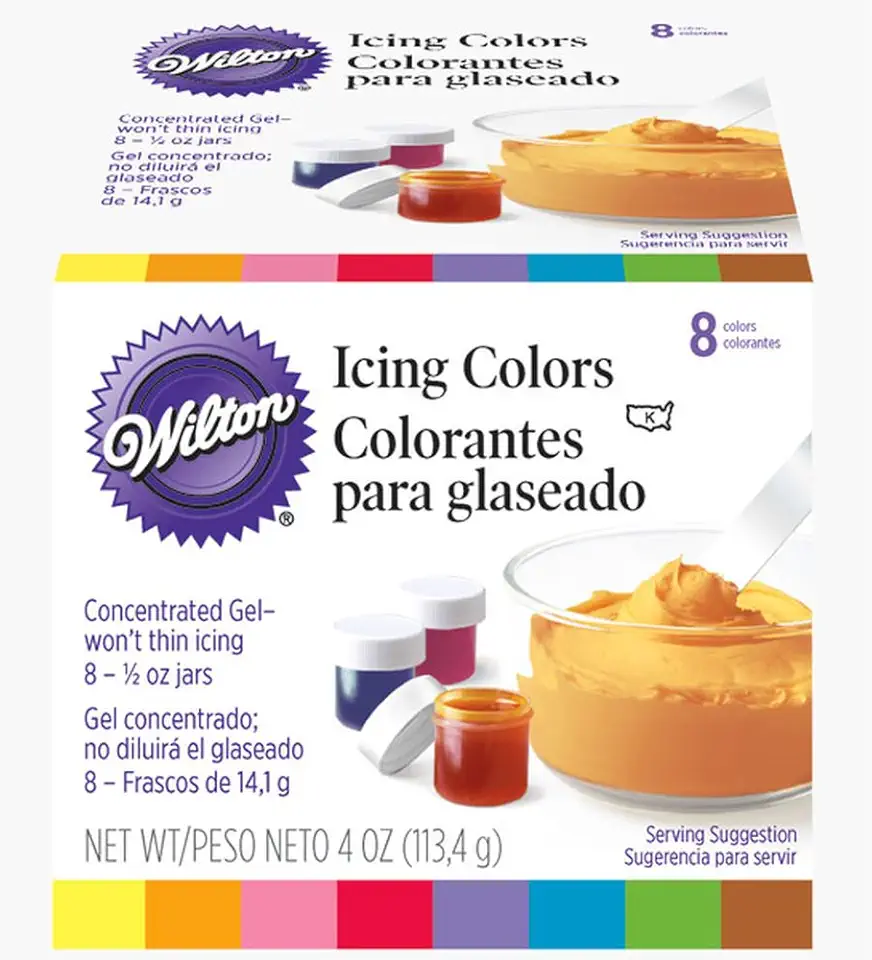 Wilton 8-Count Icing Colors for Cakes & Cupcakes, Gel-Based Colors for Frosting - Note that Packaging May Vary
$12.75
View details
Wilton 8-Count Icing Colors for Cakes & Cupcakes, Gel-Based Colors for Frosting - Note that Packaging May Vary
$12.75
View details
Instructions
Step 1
Start by sprinkling the gelatin powder over 50 grams (0.2 cups) of cold water in a small bowl. Allow it to *bloom* for about 5 to 10 minutes. This step is crucial as it helps the marshmallow maintain its structure and texture.
Step 2
In a medium saucepan, combine 300 grams (1.5 cups) of granulated sugar, 100 grams (0.4 cups) of water, and 75 grams (0.3 cups) of corn syrup. Heat the mixture over medium heat, stirring gently until the sugar dissolves completely.
Once dissolved, increase the heat and bring the mixture to a *boil*. Use a candy thermometer to monitor the temperature until it reaches 115°C (240°F).
Step 3
Once the sugar mixture reaches the desired temperature, remove it from the heat. Add the bloomed gelatin and stir until it is completely dissolved. This creates a smooth, *sticky* mixture that will form the marshmallow base.
Step 4
Transfer the hot mixture to a stand mixer with a whisk attachment. Begin mixing on low speed, then gradually increase to high speed. Whip the mixture for about 10 to 15 minutes or until it becomes *fluffy*, glossy, and forms stiff peaks.
Step 5
During the last minute of whipping, add vanilla extract and food coloring if desired. *Mix* until evenly distributed. *Be creative* with colors for unique marshmallow designs!
Step 6
Pour the marshmallow mixture into a greased and dusted tray or mold. Let it *set* at room temperature for at least 4 hours or until firm. Once set, dust the surface with powdered sugar or cornstarch before cutting into your desired shapes.
Step 7
Dust the cut marshmallows with additional powdered sugar to prevent sticking. These marshmallows are now ready to be used as *decorations* for cakes, enjoyed on their own, or added to hot drinks for a delightful treat!
Servings
Equipment
A powerful stand mixer is a must for whipping the sugar and egg whites to achieve that perfect fluff. Opt for a model with a good wattage for the best results.
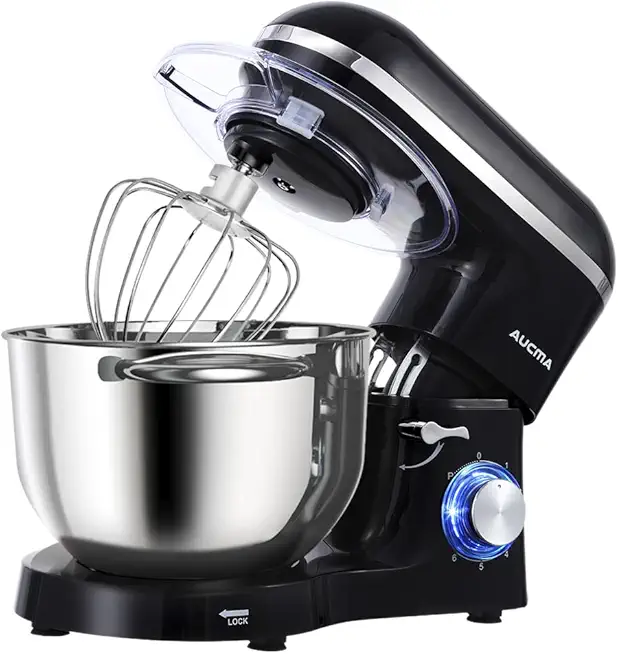 Aucma Stand Mixer,6.5-QT 660W 6-Speed Tilt-Head Food Mixer, Kitchen Electric Mixer with Dough Hook, Wire Whip & Beater (6.5QT, Black)
$159.99
View details
Prime
Aucma Stand Mixer,6.5-QT 660W 6-Speed Tilt-Head Food Mixer, Kitchen Electric Mixer with Dough Hook, Wire Whip & Beater (6.5QT, Black)
$159.99
View details
Prime
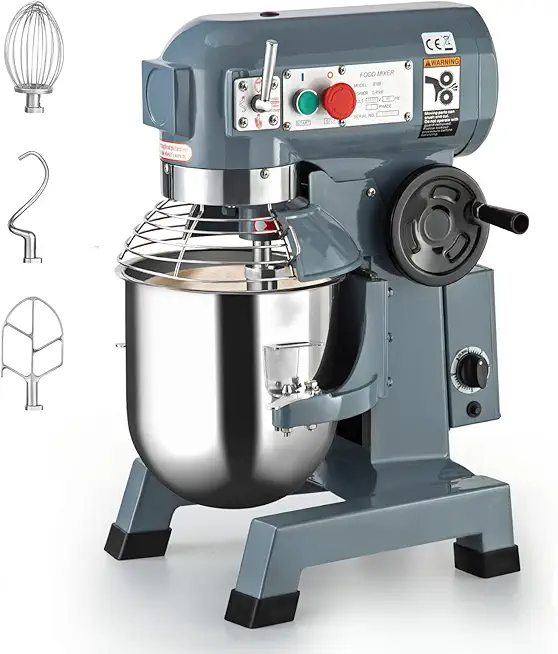 Commercial Food Mixer 15QT 600W 110V 3 Speeds Adjustable, Stand Mixer Dough Kneading Machine with Stainless Steel Bowl Dough Hooks Whisk Beater, With Safety Guard for Bakeries Restaurants Pizzerias
$579.99
View details
Commercial Food Mixer 15QT 600W 110V 3 Speeds Adjustable, Stand Mixer Dough Kneading Machine with Stainless Steel Bowl Dough Hooks Whisk Beater, With Safety Guard for Bakeries Restaurants Pizzerias
$579.99
View details
This tool is essential to measure the sugar syrup accurately. Make sure it's calibrated well to avoid any inconsistencies in your mixture.
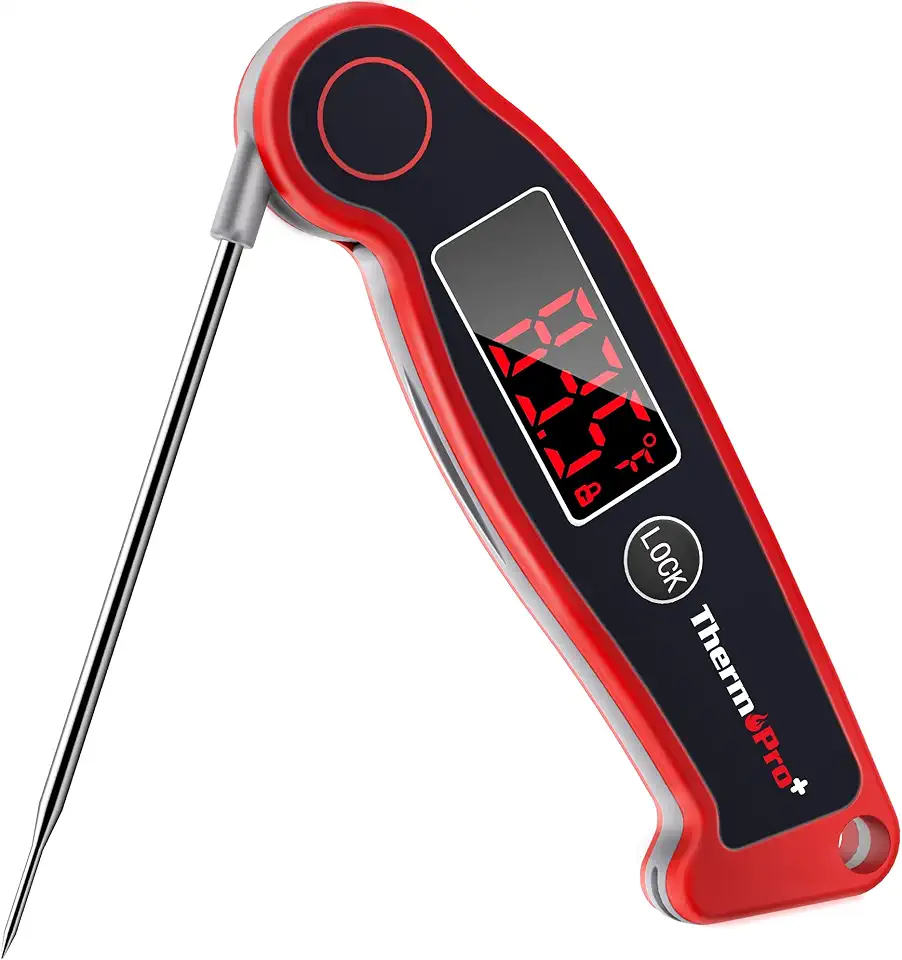 ThermoPro TP19 Waterproof Digital Meat Thermometer for Grilling with Ambidextrous Backlit & Thermocouple Instant Read Kitchen Cooking Food Thermometer for Candy Water Oil BBQ Grill Smoker
$29.99
$39.99
View details
Prime
best seller
ThermoPro TP19 Waterproof Digital Meat Thermometer for Grilling with Ambidextrous Backlit & Thermocouple Instant Read Kitchen Cooking Food Thermometer for Candy Water Oil BBQ Grill Smoker
$29.99
$39.99
View details
Prime
best seller
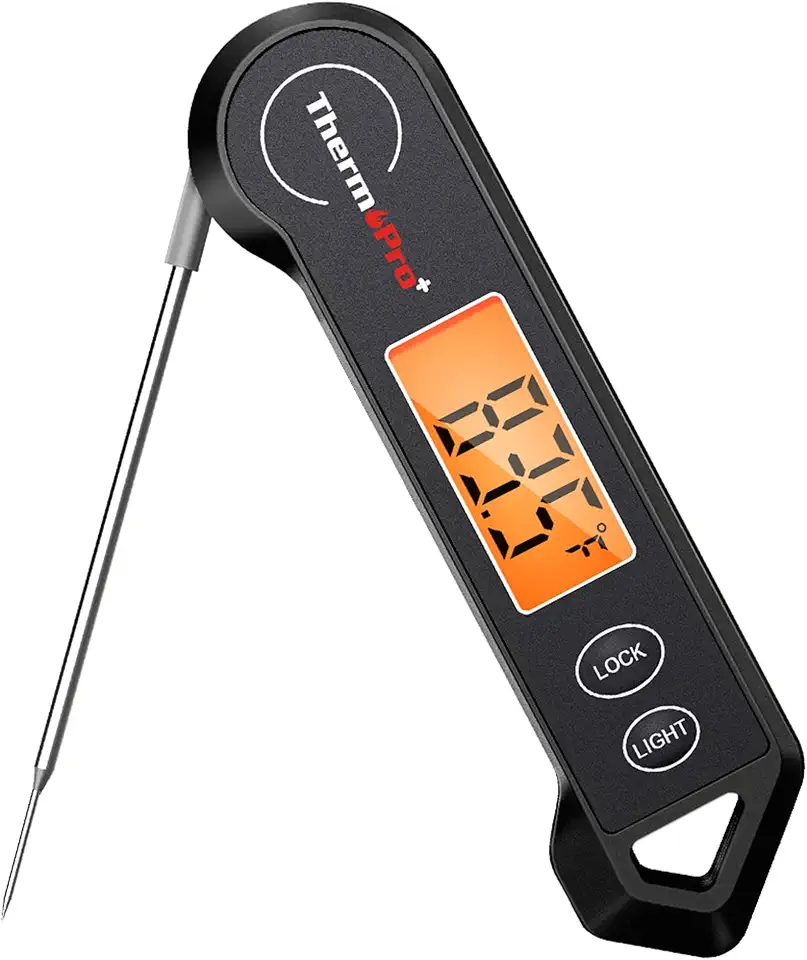 ThermoPro TP19H Waterproof Digital Meat Thermometer for Grilling with Ambidextrous Backlit and Motion Sensing Kitchen Cooking Food Thermometer for BBQ Grill Smoker Oil Fry Candy Thermometer
$19.99
$22.99
View details
Prime
ThermoPro TP19H Waterproof Digital Meat Thermometer for Grilling with Ambidextrous Backlit and Motion Sensing Kitchen Cooking Food Thermometer for BBQ Grill Smoker Oil Fry Candy Thermometer
$19.99
$22.99
View details
Prime
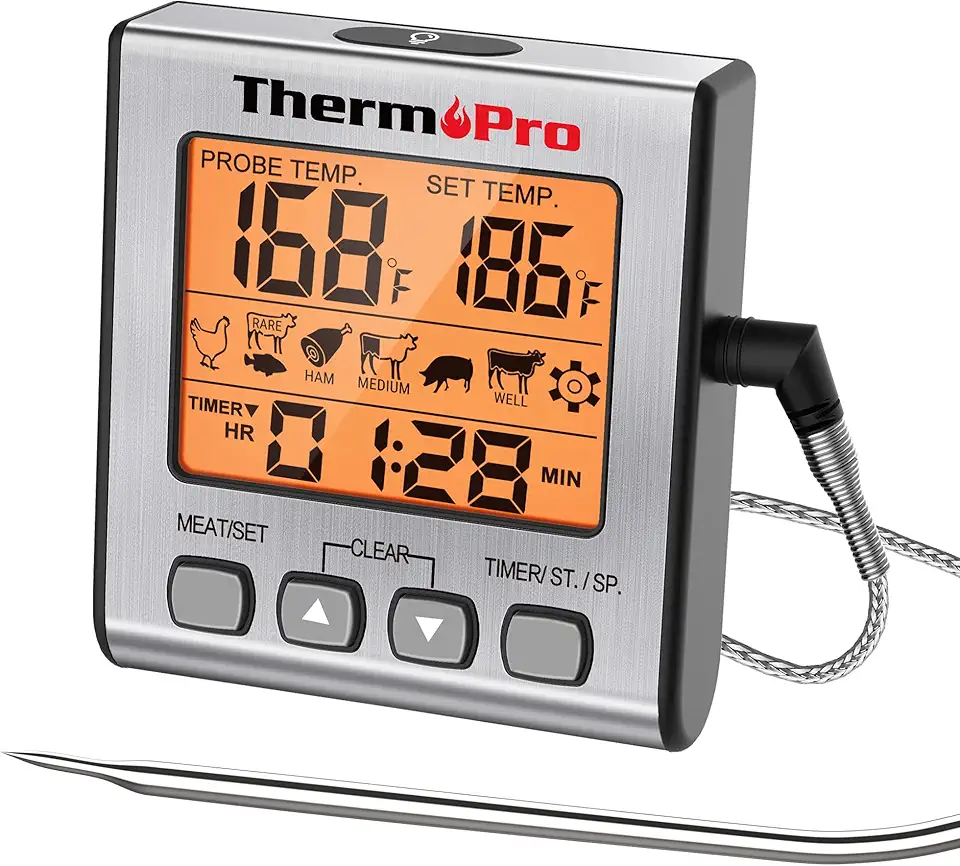 ThermoPro TP16S Digital Meat Thermometer Smoker Candy Food BBQ Cooking Thermometer for Grilling Oven Deep Fry with Smart Kitchen Timer Mode and Backlight
$21.99
$26.99
View details
ThermoPro TP16S Digital Meat Thermometer Smoker Candy Food BBQ Cooking Thermometer for Grilling Oven Deep Fry with Smart Kitchen Timer Mode and Backlight
$21.99
$26.99
View details
Using a silicone mat allows your marshmallows to dry properly without sticking. Plus, they're easy to clean.
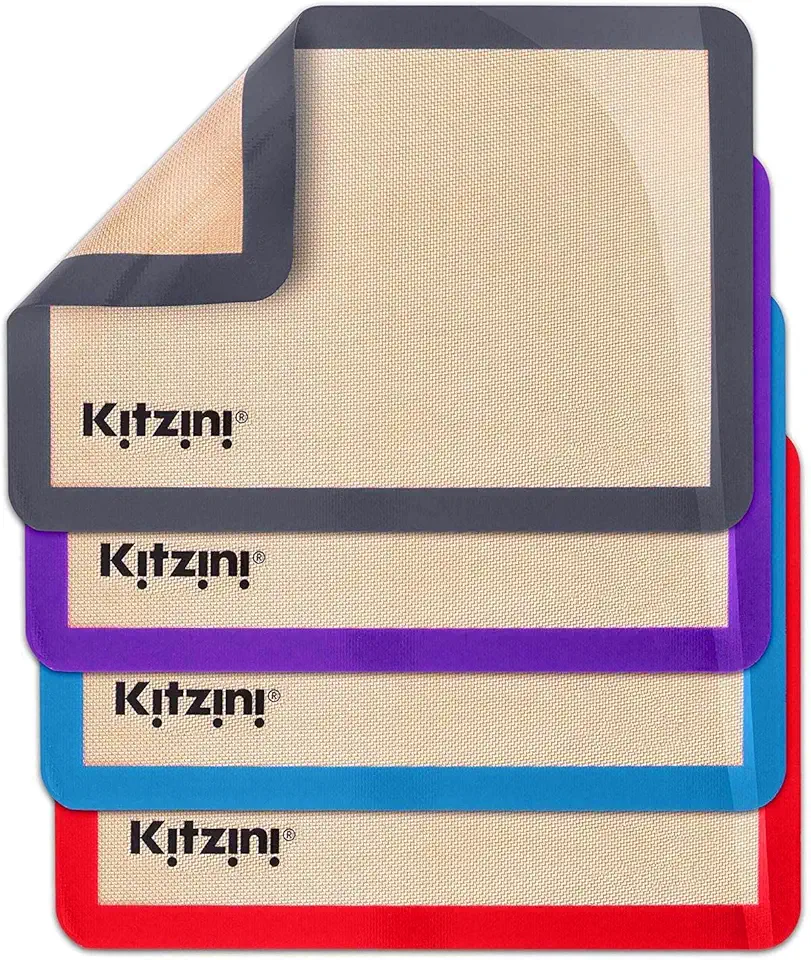 Kitzini Silicone Baking Mat Set, Non-Stick Silicone Mats for Baking, 4 Half Baking Sheets, BPA Free, Professional Grade Silicon Baking Sheet, Silicone Baking Mats for Cookies, Macarons & Pastry
$17.99
$19.99
View details
Prime
Kitzini Silicone Baking Mat Set, Non-Stick Silicone Mats for Baking, 4 Half Baking Sheets, BPA Free, Professional Grade Silicon Baking Sheet, Silicone Baking Mats for Cookies, Macarons & Pastry
$17.99
$19.99
View details
Prime
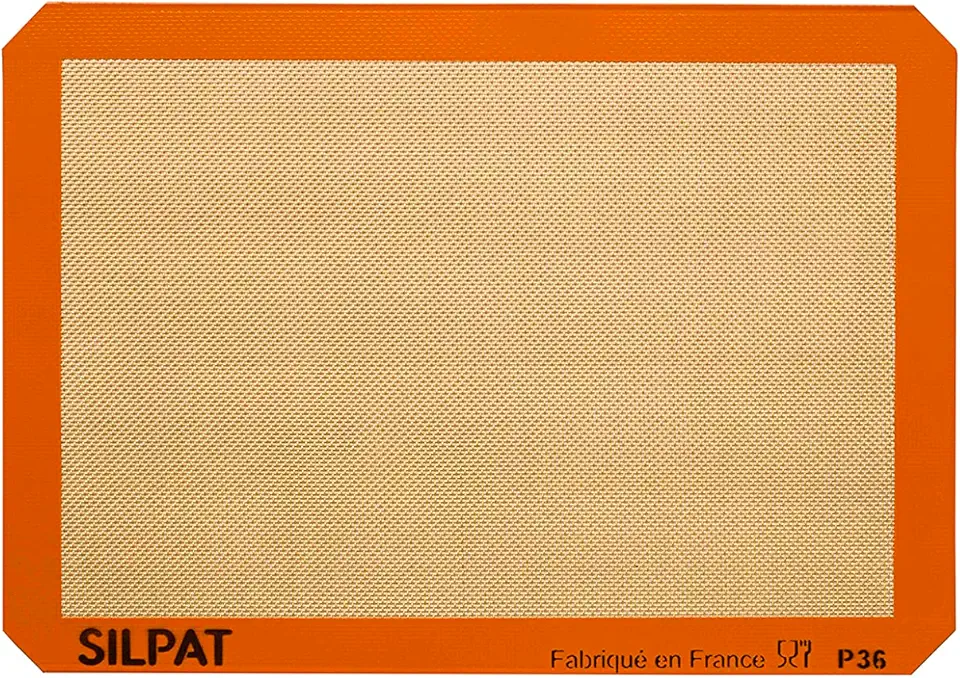 Silpat The Original Premium Non-Stick Silicone Baking Mat, Half Sheet
$17.41
$28.50
View details
Silpat The Original Premium Non-Stick Silicone Baking Mat, Half Sheet
$17.41
$28.50
View details
A flexible offset spatula is perfect for spreading the marshmallow mixture into a nice even layer.
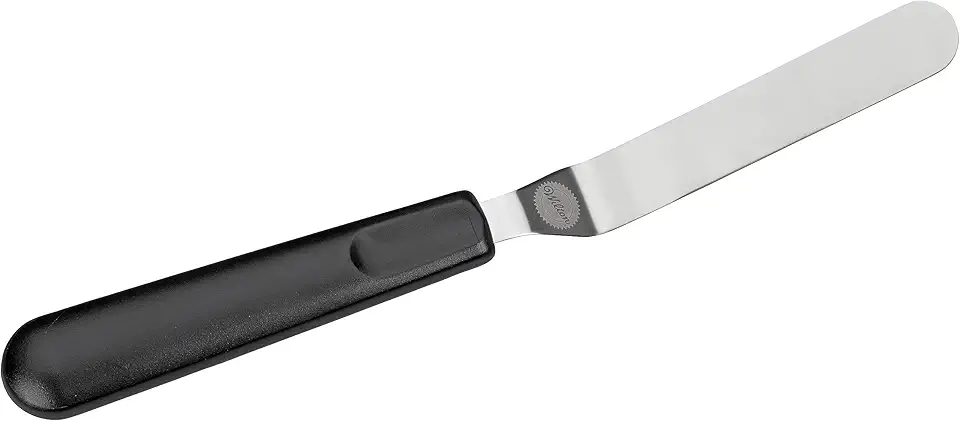 Wilton 409-7712 Angled Spatula, 9", 9 inch, Black
$5.96
$8.99
View details
Prime
Wilton 409-7712 Angled Spatula, 9", 9 inch, Black
$5.96
$8.99
View details
Prime
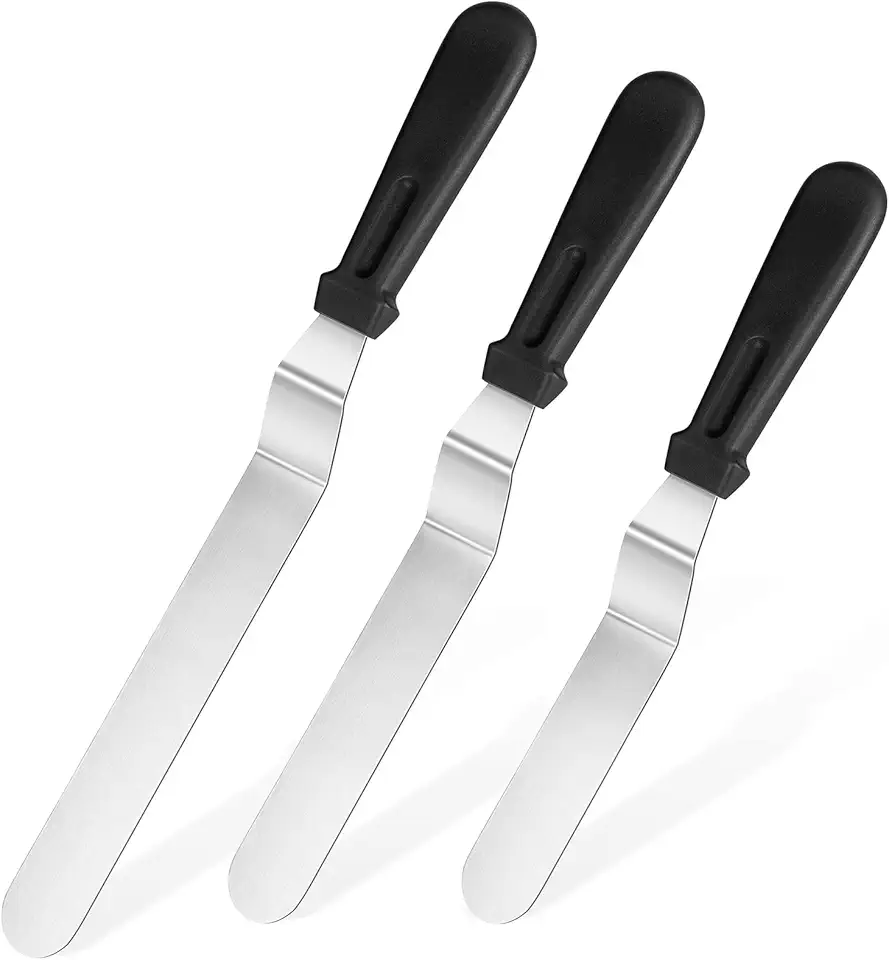 Icing Spatula, U-Taste Offset Spatula Set with 6", 8", 10" Blade,Stainless Steel Angled Cake Decorating Frosting Spatula Set of 3 (Black)
$15.99
View details
Prime
Icing Spatula, U-Taste Offset Spatula Set with 6", 8", 10" Blade,Stainless Steel Angled Cake Decorating Frosting Spatula Set of 3 (Black)
$15.99
View details
Prime
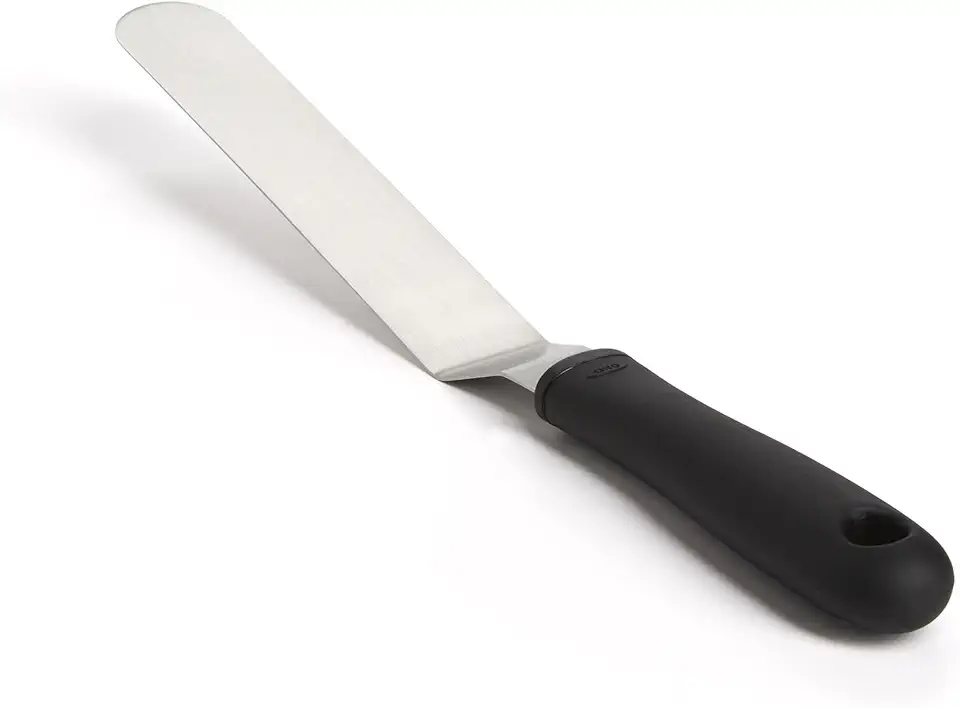 OXO Good Grips Bent Icing Spatula, Black/Silver
$11.99
View details
OXO Good Grips Bent Icing Spatula, Black/Silver
$11.99
View details
Variations
If you're looking for alternatives, try making these marshmallows gluten-free by using certified gluten-free cornstarch in place of regular. They’ll still hold their shape and flavor beautifully! 🌱 For a vegan version, substitute eggs with aquafaba (the liquid from chickpeas) and use a plant-based gelatin alternative. These variations ensure everyone can enjoy the fluffy goodness, regardless of dietary restrictions. Get creative with colors and flavors to make each batch special! 🌈
Faq
- What’s the best way to cut marshmallows without them sticking?
Dust your knife and cutting board with powdered sugar or corn starch to prevent sticking.
- How long can I store homemade marshmallows?
Keep them in an airtight container for up to two weeks at room temperature for optimal freshness.
- Can I use flavored extracts for a twist?
Absolutely! Experiment with your favorite extracts to personalize your marshmallows with exciting flavors.
- What if my marshmallow mix isn't fluffy enough?
Ensure that your mixer is at a high speed until the mixture reaches stiff peaks. It might take a little time, so be patient!
- Why did my marshmallows turn out sticky?
Excess humidity can cause stickiness. Make sure to store them well and try to make them on a dry day.
- How can I achieve different shapes for my marshmallows?
Use cookie cutters for fun shapes or pour the mixture into molds for themed marshmallows!

